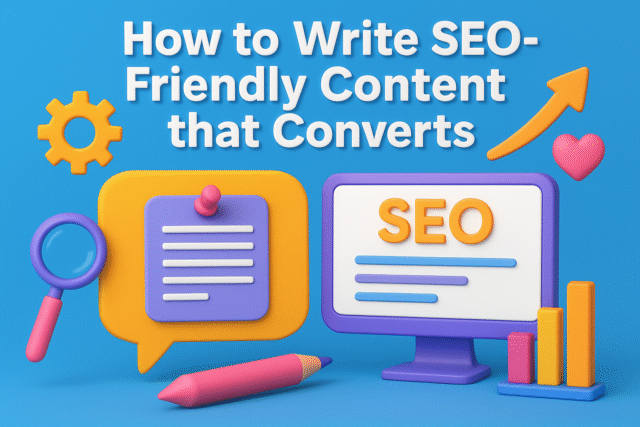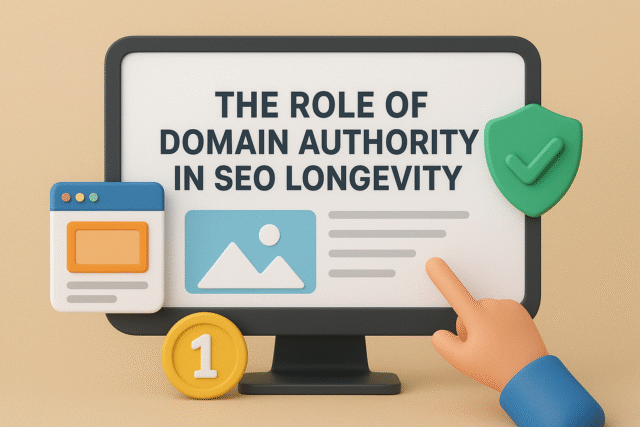Here’s What You’ll Learn in This Article
This article breaks down why technical SEO is the backbone of e-commerce growth in the U.S. and how it drives visibility, traffic, and conversions. You’ll learn about essential factors like site speed, mobile optimization, crawlability, structured data, and Core Web Vitals. It also shares tools, best practices, and a case study showing real growth from technical fixes. By mastering these strategies, e-commerce businesses can stay competitive in a trillion-dollar online retail market.
Introduction
At Digital Maxima, we understand the competitive landscape of online retail. With thousands of businesses vying for visibility, mastering technical SEO for e-commerce growth USA is not just a recommendation—it’s a necessity. While content, branding, and paid advertising matter, your store’s technical foundation often determines whether you gain visibility on search engines like Google or get buried beneath competitors.
This blog explores how technical SEO shapes the success of e-commerce businesses in the U.S., highlighting actionable strategies, real-time statistics, and tools you can use to boost organic traffic and conversions.
What is Technical SEO for E-commerce?
Technical SEO refers to optimizing the backend infrastructure of your website to ensure search engines can crawl, index, and rank your pages effectively. For e-commerce websites, which often have thousands of product listings, filters, and dynamic content, technical SEO ensures:
- Faster load speeds
- Proper indexing of products
- Mobile-friendly design
- Secure shopping experiences
- Structured data for rich results
According to Semrush, nearly 68% of online experiences start with a search engine, meaning your e-commerce site must be technically optimized to capture these opportunities.
Why Technical SEO is Crucial for U.S. E-commerce Businesses
E-commerce in the U.S. is booming, but competition is intense. The U.S. online retail market is expected to surpass $1.5 trillion by 2027 (Statista). If your website fails on the technical side, even stellar products and marketing campaigns won’t be enough to keep up.
Statistic: A study by Portent revealed that websites loading in under 1 second have 3x higher conversion rates than those loading in 5 seconds.
Technical SEO is about building a strong foundation so your content and products can shine.
Core Technical SEO Elements for E-commerce Growth
1. Site Speed Optimization
Speed is the backbone of e-commerce SEO. Google’s Core Web Vitals measure load times, interactivity, and visual stability. Slow sites lose rankings and customers.
Tips for site speed improvement:
- Compress product images with tools like TinyPNG
- Use Content Delivery Networks (CDNs) such as Cloudflare
- Minify CSS, JavaScript, and HTML
- Enable browser caching
2. Mobile Optimization
More than 70% of U.S. e-commerce traffic comes from mobile devices (Insider Intelligence). A responsive design ensures smooth browsing and checkout experiences.
Google’s Mobile-Friendly Test Tool can help you verify mobile readiness.
3. Secure and Accessible Website (HTTPS)
Security is non-negotiable in e-commerce. Customers trust websites that use HTTPS, and Google gives secure websites a ranking boost. Installing an SSL certificate is essential.
4. Crawlability and Indexing
Search engines must be able to crawl and index your product pages correctly. Tools like Screaming Frog or Ahrefs Site Audit can help you spot crawl errors, broken links, or duplicate content issues.
5. Structured Data and Rich Snippets
Implementing structured data via Schema.org enhances product listings by displaying price, availability, and ratings directly in search results. This boosts click-through rates and builds trust.
Statistic: According to Search Engine Journal, websites with structured data see up to a 35% higher click-through rate in search results.
6. Optimized Site Architecture
Flat, logical site architecture ensures easy navigation and indexing. Product categories should be no more than 3 clicks away from the homepage.
For example, a structure like:
Home > Category > Subcategory > Product
keeps URLs clean and SEO-friendly.
7. Duplicate Content Management
Duplicate content is a common issue in e-commerce due to product variations. Use canonical tags (rel=canonical) to point Google to the preferred version of a page. Platforms like Shopify and WooCommerce offer built-in tools for managing duplicates.
8. XML Sitemaps and Robots.txt
Ensure your XML sitemap includes all essential product and category pages. A properly configured robots.txt file prevents search engines from crawling irrelevant pages like cart or checkout.
9. Internal Linking Strategies
Internal links distribute authority across your website. Link from blog content to product pages, and between related products to keep customers exploring your store. According to Moz, strong internal linking improves crawlability and boosts rankings.
10. Core Web Vitals for E-commerce Success
- Largest Contentful Paint (LCP): Should be <2.5 seconds
- First Input Delay (FID): <100 ms
- Cumulative Layout Shift (CLS): <0.1
Meeting these metrics improves both search performance and user experience.
Real Tools to Boost Technical SEO
Here are some of the most reliable tools U.S. businesses can use to refine technical SEO:
- Google Search Console — Crawl stats, indexing issues
- GTmetrix — Page speed testing
- Ahrefs — Comprehensive site audits
- Screaming Frog — Identify crawl and index errors
- Yoast SEO — SEO plugin for WordPress stores
Case Study: Technical SEO Driving Growth
An e-commerce apparel brand implemented structured data, fixed duplicate content, and optimized Core Web Vitals. Within six months, they experienced:
- 40% growth in organic traffic
- 22% increase in conversion rates
- Improved rankings for competitive keywords
This demonstrates how technical SEO impacts not just traffic, but bottom-line revenue.
Final Thoughts
At Digital Maxima, we believe technical SEO for e-commerce growth USA is the foundation of digital success. From site speed and structured data to internal linking and mobile optimization, every detail matters. By investing in technical SEO now, your e-commerce business can outperform competitors, rank higher in search results, and deliver exceptional shopping experiences that drive conversions.
If you’re ready to elevate your online store, our team at Digital Maxima can help audit and optimize your e-commerce site for long-term growth.
FAQs About Technical SEO for E-commerce
1. What is the most important technical SEO factor for e-commerce sites?
Site speed and crawlability are the top priorities, as they directly impact rankings and user experience.
2. How often should I audit my e-commerce site?
Quarterly audits are recommended, but monthly checks are ideal for large sites with frequent updates.
3. Can technical SEO alone grow my e-commerce traffic?
It builds the foundation, but pairing technical SEO with content and link-building maximizes growth.
4. Do I need structured data for every product?
Yes, structured data improves visibility and drives more clicks, especially for product-rich snippets.
5. Is HTTPS mandatory for e-commerce SEO?
Absolutely—HTTPS ensures customer trust and is a ranking signal for Google.
Also Read:
-
Blogging for Small Businesses: Turning Local Content into Traffic
-
E-A-T in SEO: Why Expertise, Authority, and Trust Matter for Your Utah Business
-
SEO for Real Estate: Ranking Strategies for Realtors and Brokers
-
The Impact of Mobile Optimization on SEO: Why Utah Businesses Must Prioritize It
-
How to Leverage Reviews for Better Local SEO in Utah





